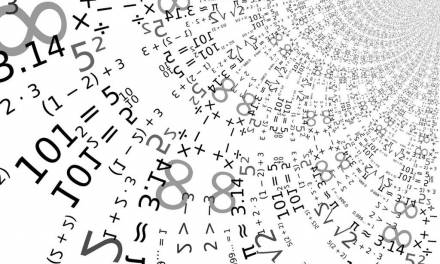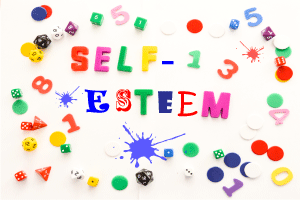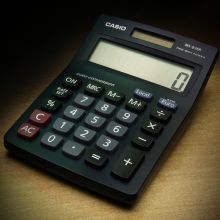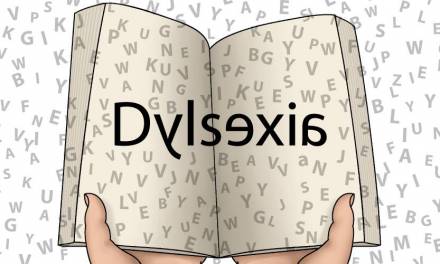Maths + Fun = An impossible equation? Not necessarily.
Whether you’re a teacher or parent, attempting to engage an unwilling child and make maths more fun can sometimes be difficult.
Here are some simple and effective ways to make mathematics fun (for motivated kids and learning that sticks).
Make it interactive
Technology: children love it, and parents and teachers have a world of mathematical goodies at their fingertips.
For individual play, game-based math apps try: Prodigy, Mathville and Dreambox.
For interactive learning, check out: BrainPOP Featured Movie; Math Drills Lite and Mathemagics (read this article on the Top 11 Math iPad Apps for Students and Teachers for more suggestions).
We have also developed our own resources for making maths fun: here are the maths games that you can find on our EDArcade platform.
Team work makes the mathematical dream work
Friendly competition can be a real motivator in the classroom, and team work can help students in overcoming stumbling blocks by leaning on one another’s strengths.
So, set a timer, pit teams against one another, and add rewards or prizes for motivation. You must, however, be clear on what roles each student should represent within the team.
Use singular, relevant problems
Win your pupils’ interest and you’ve won half the battle of teaching mathematical concepts that stick steadfastly. For many children, there’s often nothing more soul destroying than a worksheet filled with questions – worked through in near silence.
The Hands on Math blog sets out a couple of prime examples for using singular problems to demonstrate a concept and make maths more fun:
For example, why would the death/kill ratio be a better indicator a players skill in Call of Duty than simply number of kills? Or, the most text messages ever sent in a day is ____ what would their cell phone bill be if they had to pay 0.03 per text? Lets create an equation and solve it.
This isn’t to say that every maths subject has a problem scenario – there are some instances where practice makes perfect, such as equations, multiplications and algebra, but you can at least begin with a problem scenario as a solid foundation for the lesson.
Create real-world relevance to make maths more fun
Let’s face it, maths is right up there alongside physics and chemistry when it comes to the age-old protest statement of “When would I use this in the real world?”.
Creating relevance is critical for being motivated to learn, as well as breaking down a concept and transforming it into an altogether more logical practicality.
For parents of younger children, this could be as simple as baking a cake (for weights and measurements), using money or checking the temperature.
For older children, fractions and pizza always goes down well (the challenge of working out an equation on which your share of pizza relies is critical after all!).
Back in the classroom, teachers should always try to apply some relevance, and introducing a little backward problem solving adds challenges and intrigue. Set out the real-life scene for each class, then pose the question as to what mathematical concept you could be tackling today.









